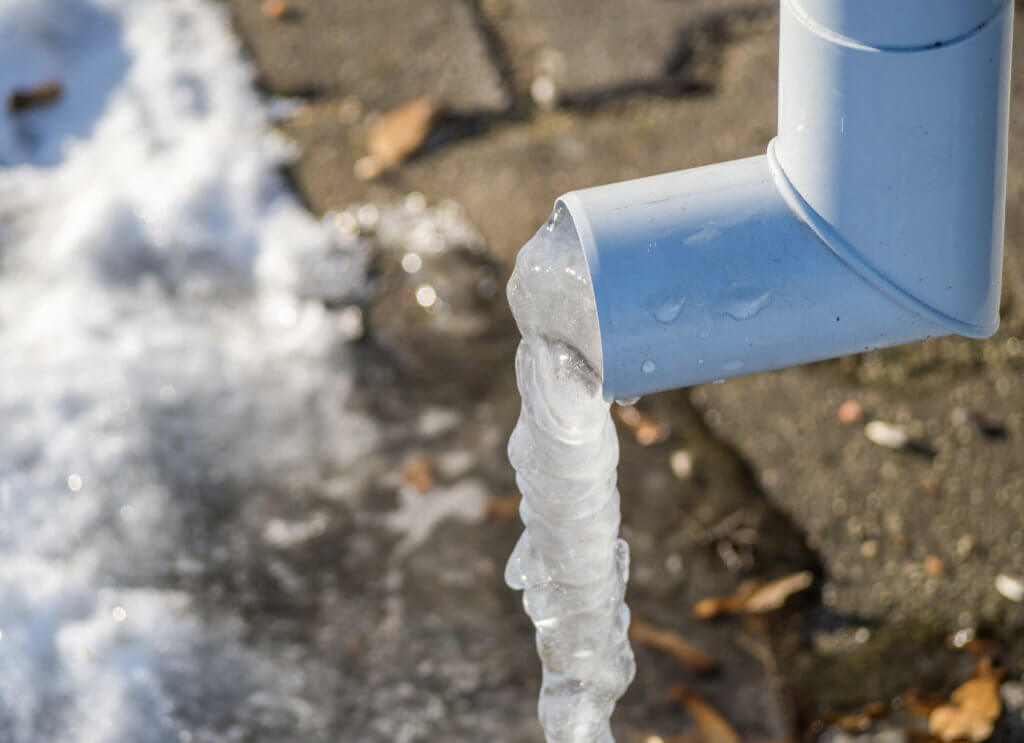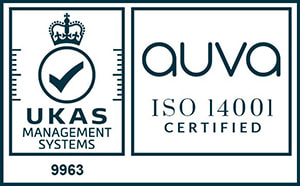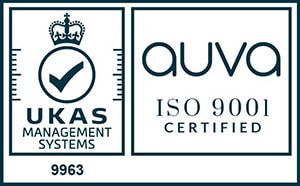
Tis the season to be jolly… unless your condensate freezes!
Well, it’s official, the cold snap is upon us. It’s not going to be as horrendous as February 2018 when we were in the freezing grip of the Beast from the East, when many boilers just stopped working, but now’s the time to make sure you’re prepared. No one wants to be without heat and hot water at any time, let alone when the temperatures plummet. Back in 2018 the main cause of boiler breakdown was due to frozen external condensate pipes; as the breakdowns kept coming, some manufacturers started uploading helpful DIY videos demonstrating how to thaw out the pipework and restart your boiler. But the scale of the disruption caused by frozen condensate was such, the Heating and Hot Water Industry Council (HHIC) held a summit that March to discuss what actions should be taken, given that extreme weather was more likely to be the norm going forward.
It was clear from feedback that some installers chose not to connect to an internal drain point, like a soil stack or sink, and others weren’t insulating the external condensate pipework. Given that an efficient condensing boiler will generate around two litres of condensate an hour at a temperature of around 30°- 40°C, what would prevent the condensate from freezing during prolonged cold weather when piped externally? Well, ‘nothing’ is the answer. To help reduce the instances of frozen condensate, the HHIC updated its guidance, advising installers to review the condition of condensate discharge pipes when repairing or replacing the boiler or central heating system. The British Standards Institution had already revised its guidance, recommending that the condensate pipe diameter should be increased to 30mm ID (typically 32mm OD) before it exits the property and that Class O insulation is used. Unfortunately, research conducted in 2019 by @TradesTalk, a social media feed for the building trade, showed that many installers still weren’t taking preventative action. In fact, 60% of installers said they never or only sometimes insulate condensate pipes. Why? Could it be because it’s a tricky operation, and often impacts on the customer’s interior wall? That it’s impossible to achieve a neat finish? How about hard to price? Or is it that installers know the insulation isn’t 100% effective against extreme cold? It’s probably a combination of all four, but at Intergas we have found Class O insulation to be unfit for purpose. It’s unreliable when exposed to prolonged periods of freezing temperatures, it cannot be made weathertight and allows water ingress, which freezes during adverse weather conditions and it’s not UV resistant, so degrades over time drastically reducing its performance. Until relatively recently there wasn’t a credible alternative, but thanks to installer Dave Smith, there is now. In 2019 he developed Condensate Pro, a range of kits dedicated to providing maximum protection against frozen condensate. All materials in the range are weather resistant and UV resistant, the design of the accessories means you no longer have to drill into the interior wall and a neat and professional finish can be achieved in under 45 minutes, irrespective of the surface and condition of the exterior wall.
Use Class O insulation if Condensate Pro isn’t for you, it won’t be as effective against freezing conditions, but it’s better than nothing. When external condensate pipework is left uninsulated the consequences, come the colder months, are predictable but, in the 21st century this really should be a thing of the past.






